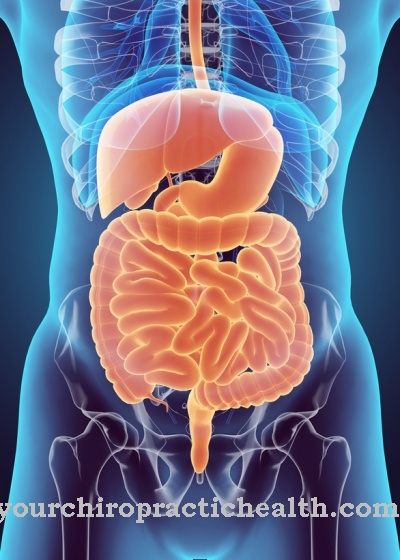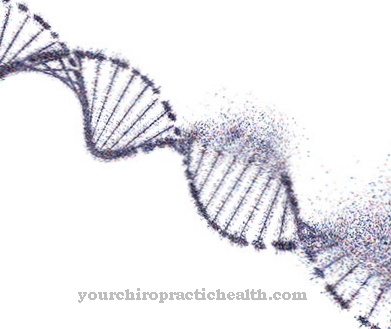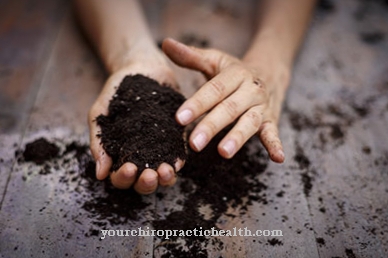Under the Rotator cuff is understood to be a muscle group of the shoulder. It is of great importance for the mobility and stability of the shoulder joint.
What is the rotator cuff?
The rotator cuff also bears the name Muscle tendon cap. This refers to an important muscle group in the shoulder that comprises a total of four muscles. It has its origin on the shoulder blade (scapula).
The tendons of the muscles, together with the coracohumeral ligament, form a tough tendon cap. This surrounds the head of the humerus like a cuff and takes part in lifting and turning the arm. It is not uncommon for injuries to the muscle-tendon cap such as a rotator cuff rupture.
Anatomy & structure
The rotator cuff is composed of four muscles. These are the supraspinatus muscle (upper shoulder bone muscle), the infraspinatus muscle (lower bone muscle), the subscapularis muscle (lower shoulder blade muscle) and the teres minor muscle (small round muscle).
The supraspinatus muscle attaches to the upper section of the posterior surface of the shoulder blade (Fossa supraspinata Scapula) and runs below the shoulder roof in the direction of the greater tuberosity (lateral humerus head). The muscle acts as a side arm lifter, which is especially true in the early stages of movement when the arm is against the body. The supraspinatus muscle is involved in the external rotation of the arm to a small extent. Of all the rotator cuff muscles, it is most at risk of injury.
The origin of the infraspinatus muscle is located on the lower section of the posterior surface of the shoulder blade (fossa infraspinata scapula). This muscle also runs to the greater tuberosity of the humerus head. Its position is a little behind the upper shoulder bone muscle. He represents the strongest upper arm external turner.
The subscapularis muscle begins on the anterior side of the shoulder blade (subscapularis scapula fossa) at the lesser tuberosity (front of the humerus head). If the muscle is tensed, the upper arm turns on the inside and is pulled towards the body. The subscapularis muscle forms the most powerful upper arm rotator.
The insertion of the teres minor muscle is located on the lateral edge of the shoulder blade (Margo lateralis Scapula). Its course also leads to the greater tuberosity. The muscle is classified as a weak upper arm external turner. He is also involved in pulling the upper arm towards the body. The teres minor muscle has the property of being the least injured by the rotator cuff muscles.
The supraspinatus muscle is innervated by the suprascapularis nerve, which originates from the plexus of the arm (brachial plexus).
Function & tasks
The most important function of the rotator cuff is the external and internal rotation of the upper arm. The muscle-tendon cap plays an important role in overall arm mobility. Together with other muscles, the rotator cuff gives the shoulder extensive range of motion. Furthermore, each individual rotator cuff muscle gives the shoulder joint stability by tensing the shoulder joint capsule.
Since there is only a slight bony guide in the shoulder joint and the ligamentous apparatus presents itself weakly, the rotator cuff and the deltoid muscle (Musculus deltoideus) take over the protection of the shoulder. Together they ensure that the head of the humerus is held in the socket. One disadvantage, however, is that this creates high loads on the rotator cuff, which in turn leads to negative consequences in the event of injuries.
If, for example, the rotator cuff tears, the humerus head can no longer be guided precisely, so that it rises in the upper direction. The affected person can then no longer lift their arm properly.
You can find your medication here
➔ Medicines for joint painDiseases
Due to the high loads that occur on the rotator cuff, injuries and illnesses in this part of the body are not uncommon. The supraspinatus muscle below the roof of the shoulder is particularly often affected.
A shoulder roof tightness, which is either congenital or develops over time due to wear and tear, can lead to an impingement syndrome (bottleneck syndrome). The supraspinatus tendon is pinched again and again below the roof of the shoulder. As a result, painful inflammation of the tendon and bursa occurs.
One of the most common impairments of the rotator cuff is a rotator cuff tear (rotator cuff tear). The tear can occur in one or more tendons of the rotator cuff muscles. In most cases, however, the injury shows up on the supraspinatus tendon. Men over 30 years of age are particularly affected by a rupture. Common causes of a rotator cuff tear are impingement syndrome, injuries such as falls on the shoulder and degeneration. Wear and tear is favored by overhead work that is carried out for several years, as well as overhead sports. These primarily include handball, basketball, golf and tennis.
A tear in the rotator cuff is noticeable through various symptoms. Depending on the cause of the rupture, they occur abruptly or only come about over a longer period of time. In most cases, the pain depends on the patient's position and loads. It is not uncommon for those affected to suffer from pain at night when they are on the injured side.
Furthermore, there is a risk of more or less pronounced functional losses and a complete loss of function of the shoulder joint. If the rotator cuff is chronically damaged, it is possible that lime is deposited in the supraspinatus tendon. This process can also occur in the other rotator cuff muscles. In medicine there is talk of a calcareous shoulder or tendinitis calcarea.
Therapy for impaired rotator cuff depends on the type and extent of the injury. It ranges from physiotherapeutic measures to major surgical interventions in which the affected tendons are sutured.


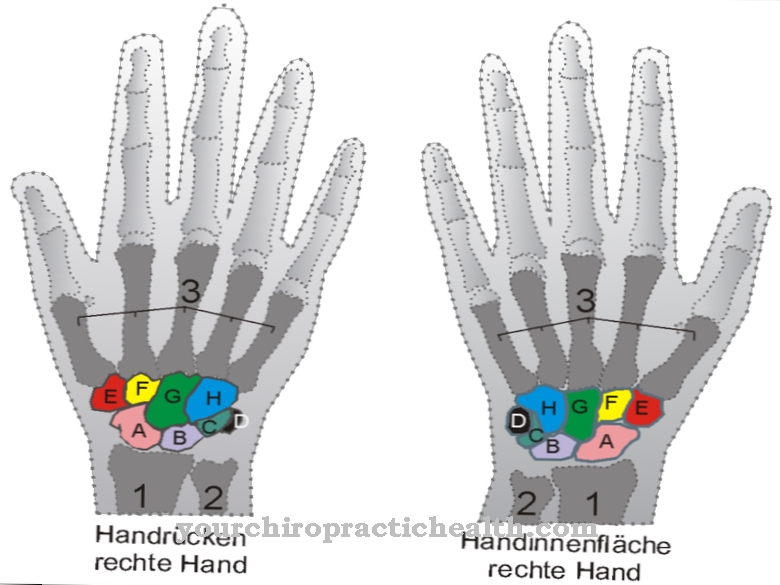
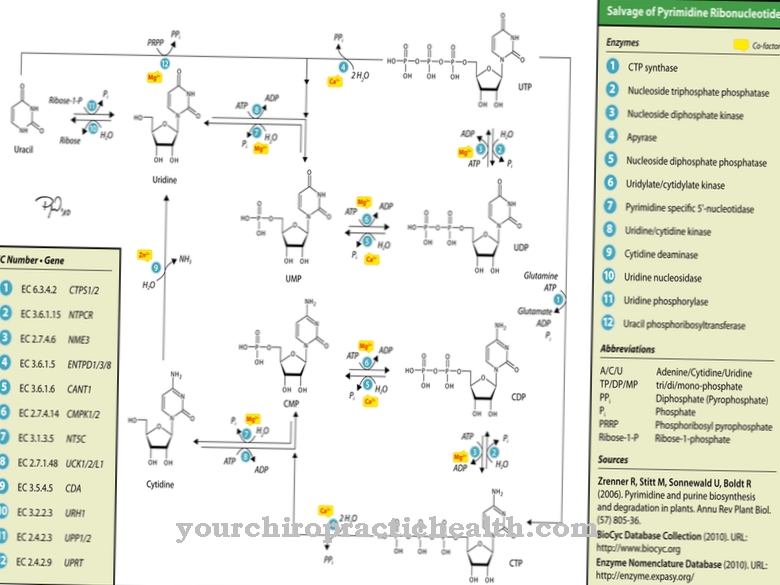
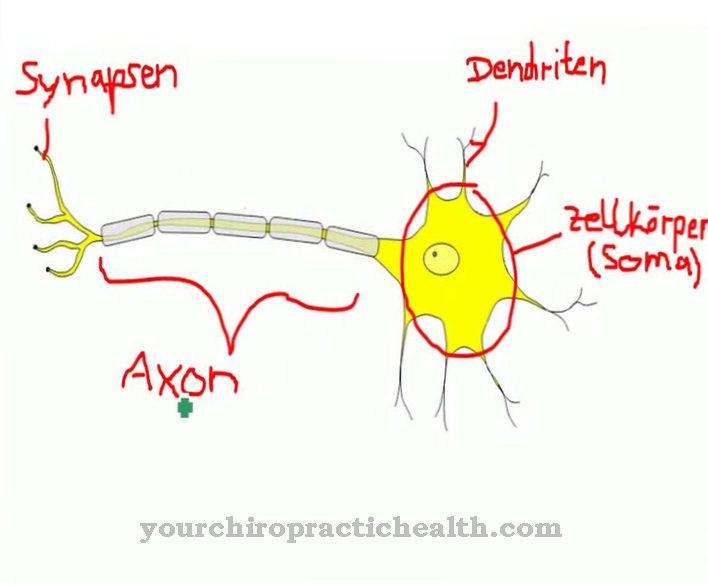
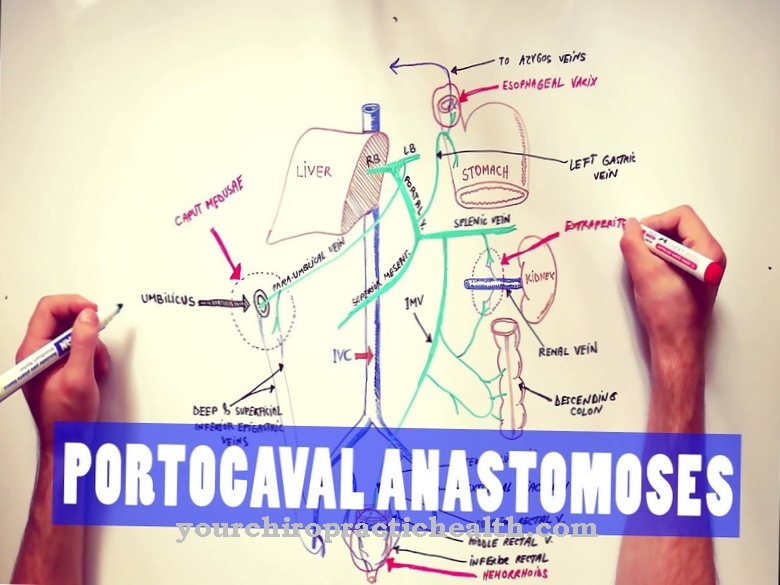
.jpg)

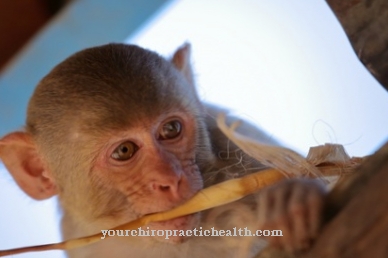
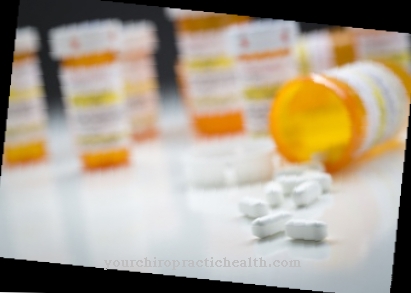
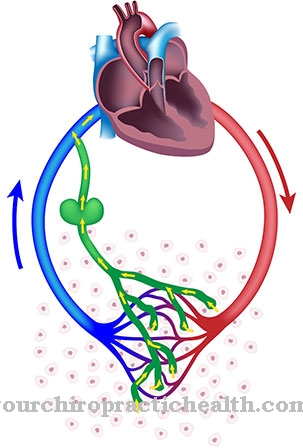
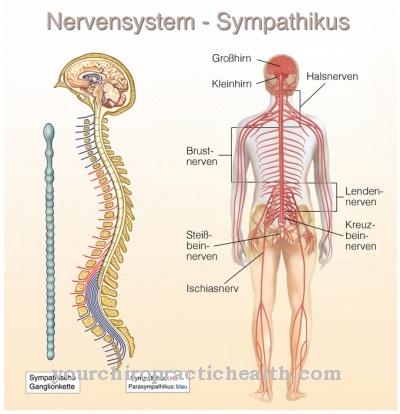
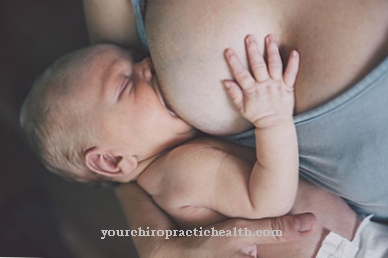

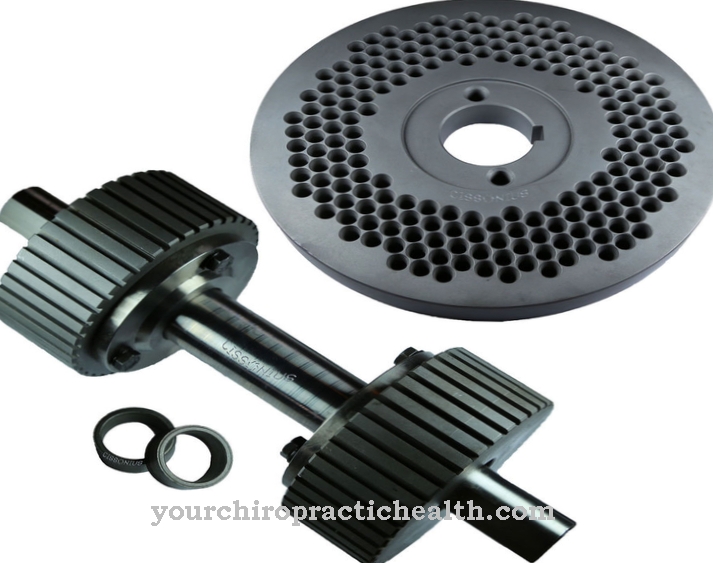


.jpg)

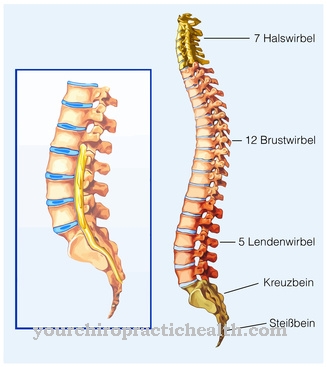
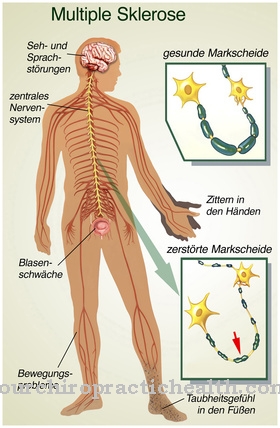
.jpg)
